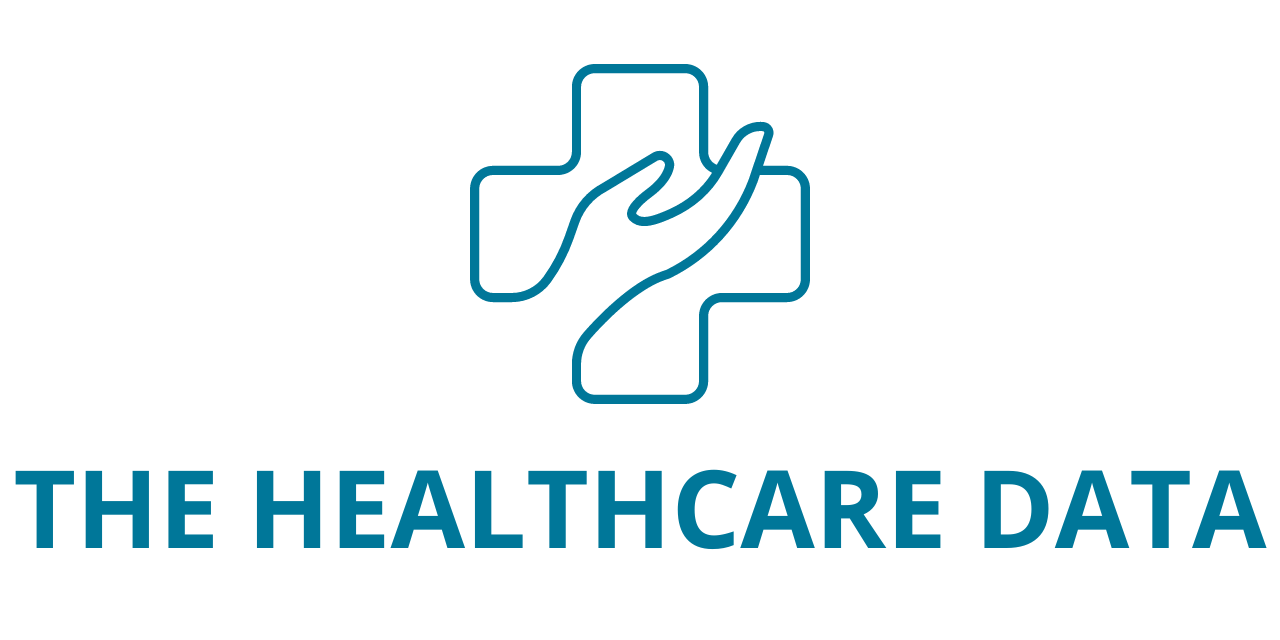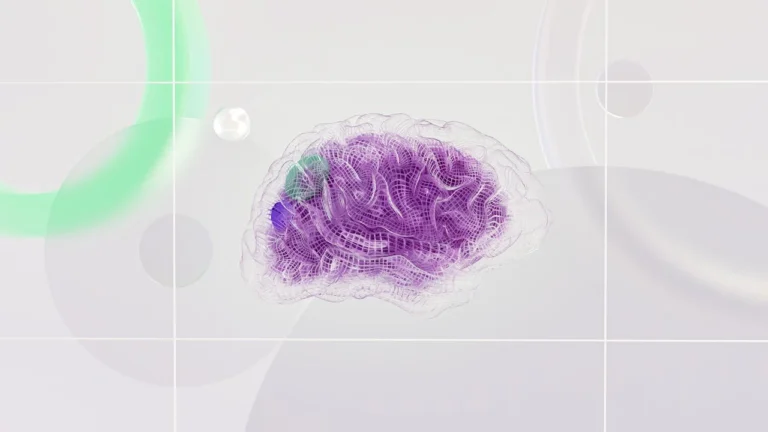An exploratory analysis of the TROPION-Lung01 Phase III trial found that the TROP2 biomarker, assessed via AstraZeneca’s computational pathology platform, Quantitative Continuous Scoring (QCS), effectively predicted clinical outcomes in patients with advanced or metastatic non-small cell lung cancer (NSCLC) treated with datopotamab deruxtecan (Dato-DXd). Patients with TROP2-QCS biomarker-positive tumors demonstrated a significantly greater efficacy from datopotamab deruxtecan compared to docetaxel, exceeding the results observed in the overall trial population.
These findings will be presented at a Presidential Symposium (PL02.11) during the IASLC 2024 World Conference on Lung Cancer, organized by the International Association for the Study of Lung Cancer.
TROP2 Biomarker in NSCLC
TROP2 is a protein widely expressed in NSCLC tumor cells. Traditional immunohistochemistry (IHC)-based pathology has not successfully predicted responses to TROP2-targeting antibody drug conjugates (ADCs). QCS, developed by AstraZeneca, is a computational pathology platform that analyzes digitized images of patient tissue samples to precisely quantify targets like TROP2 within tumor cells.
Datopotamab deruxtecan is a TROP2-directed DXd ADC developed jointly by Daiichi Sankyo and AstraZeneca.
QCS Analysis and Results
The QCS platform analyzed tissue samples from TROPION-Lung01, producing a normalized membrane ratio for each tumor cell. Tumors were considered TROP2-QCS biomarker-positive if 75% or more of the cells exhibited a ratio below 0.56, suggesting higher cytoplasmic TROP2 levels. A greater proportion of patients with nonsquamous NSCLC were biomarker-positive compared to those with squamous NSCLC (66% vs. 44%).
In patients with TROP2-QCS biomarker-positive tumors, datopotamab deruxtecan reduced the risk of disease progression or death by 43% compared to docetaxel (median PFS of 6.9 vs. 4.1 months; HR 0.57; 95% CI 0.41-0.79). In comparison, in the overall trial population, the risk reduction was 25% (PFS of 4.4 vs. 3.7 months; HR 0.75; 95% CI 0.62-0.91; p=0.004). In nonsquamous NSCLC patients without actionable genomic alterations and with TROP2-QCS biomarker-positive tumors, datopotamab deruxtecan reduced the risk of progression or death by 48% (PFS of 7.2 vs. 4.1 months; HR 0.52; 95% CI 0.35-0.78).
Expert Insights
Dr. Marina Garassino from The University of Chicago highlighted the potential of TROP2 as a predictive biomarker for TROP2-directed ADCs, noting that the precise measurement enabled by AstraZeneca’s platform can identify patients who may benefit from datopotamab deruxtecan. Susan Galbraith, Executive Vice President of Oncology R&D at AstraZeneca, emphasized the potential of their platform to discover predictive biomarkers, enhancing patient selection for treatment. Ken Takeshita, Global Head of R&D at Daiichi Sankyo, noted the importance of understanding which patients might respond better to the treatment.
Safety and Future Directions
In the biomarker evaluable population, no new safety concerns were observed. Rates of Grade 3 or higher treatment-related adverse events (TRAEs) were similar across TROP2 statuses, with 30% of patients in the datopotamab deruxtecan group and 46% in the docetaxel group experiencing such events. AstraZeneca and Roche Tissue Diagnostics are collaborating to develop and commercialize a companion diagnostic using QCS within Roche’s navify® Digital Pathology system, aiming to refine patient selection for TROP2-targeted therapies.
Jill German, Head of Roche Tissue Diagnostics, expressed the potential of the collaboration to push the boundaries of cancer diagnostics and improve patient care by better identifying candidates for targeted therapies.





